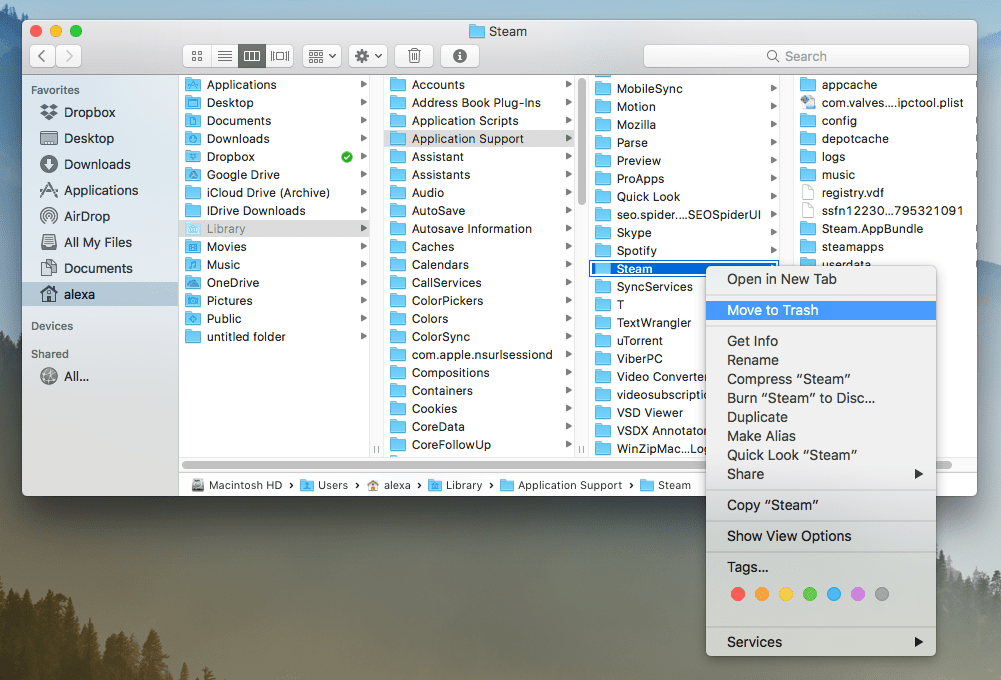
May 30, 2019 By default, the Library folder on Mac is hidden from the user. Apple keeps Library invisible in order to protect users from accidental deletion or modification of important files stored there: application settings, caches and other system files needed to run the programs. May 30, 2019 Despite the fact that Apple keeps the Mac Library folder hidden from users, it’s good to learn how to show the Library folder on Mac. You may need to access the Library folder when you need to clear cache, remove the app’s leftovers, edit preference files manually, etc. Jan 18, 2017 How to Add and Remove Kexts from macOS. By – Posted on Jan 18, 2017Jan 17, 2017 in Mac. Kexts, or kernel extensions, expand the basic functionality of macOS’s Darwin kernel. They’re analogous to drivers under Windows, and they let the kernel communicate with your computer’s hardware.
Click the delete button X to uninstall an app from your Mac. Delete leftover through Library Next to clean up all the folder & files in Library folder by using the “Go” menu, this is so important when you try to completely & thoroughly remove something app on macOS and Mac OS X. The user Library folder is hidden by default in Mac OS X 10.7 and later releases. To access files in the hidden library folder, see How to access hidden user library files. Drag the application PLIST file, located in the Users/ User /Library/Preferences folder, to Trash.
Files from a failed or removed installation take up disk space and can cause problems when you install or run a newer version of the Adobe application.
Delete files from a previous Adobe application installation
To delete files from a previous Adobe application installation, do the following:

If the Adobe application folder exists, drag it to Trash. By default, the folders are located in the Applications folder on the hard disk.
Drag the preferences folder to Trash from the Users/[User]/Library/Preferences folder. (For example, drag the Acrobat folder to Trash.)
Note:
The user Library folder is hidden by default in Mac OS X 10.7 and later releases. To access files in the hidden library folder, see How to access hidden user library files.
Drag the application PLIST file, located in the Users/[User]/Library/Preferences folder, to Trash. Skip this step if the Adobe application doesn't include a PLIST file.
If you don't have other Adobe applications installed on your computer, drag each of the Adobe folders to Trash from the following locations:
- Users/[User]/Library/Application Support
- Library/Application Support
Empty Trash. If you receive an error message while trying to empty Trash, see the next section.
If you receive a message that items are locked and cannot be deleted, press Option and then empty Trash.
If you still receive a message that the item is in use, do one of the following:
- Quit the app that you were using with the file and then empty Trash.
- Restart your Mac and then empty Trash.
- Start your Mac in safe mode by holding down the Shift key while your Mac starts up. Then empty Trash and restart your Mac normally. For more information, see Use safe mode to isolate issues with your Mac.

Uninstall App Mac Os
Twitter™ and Facebook posts are not covered under the terms of Creative Commons.
Uninstall Library Mac Download
Legal Notices | Online Privacy Policy